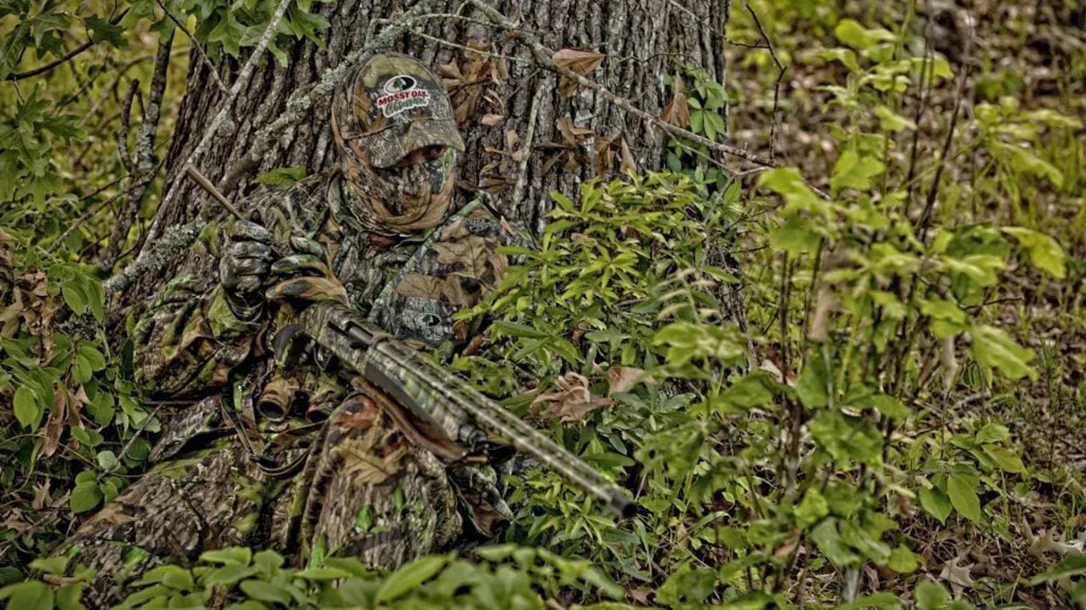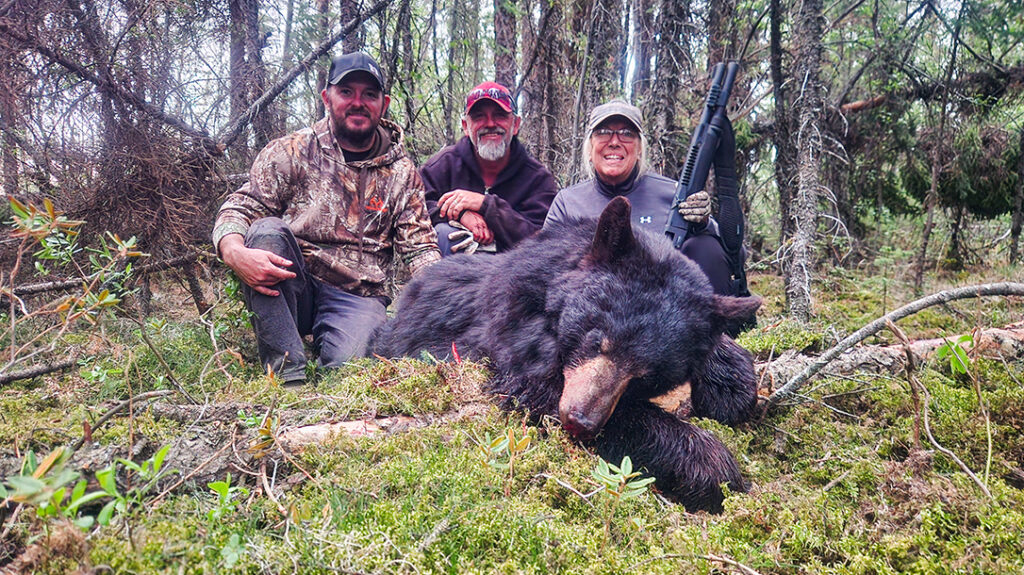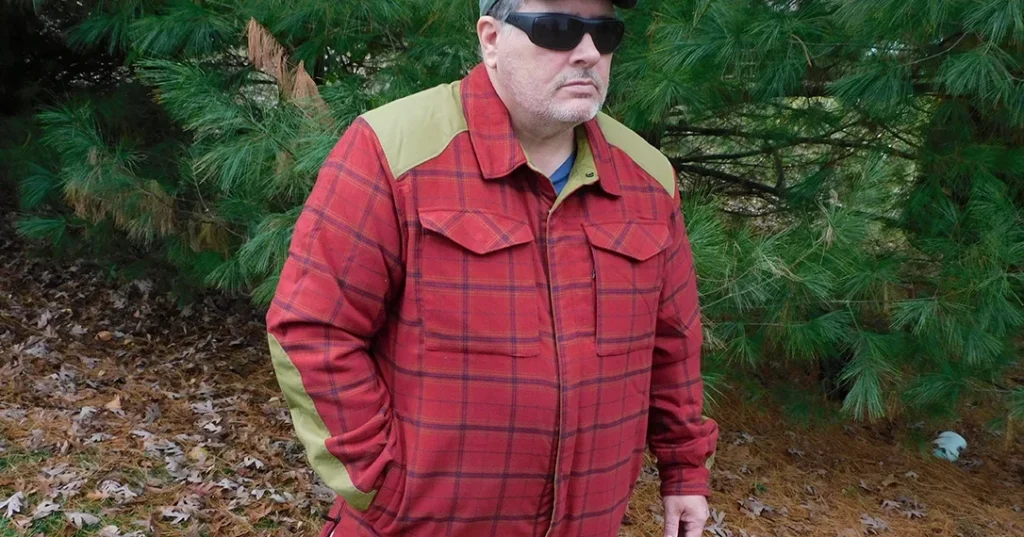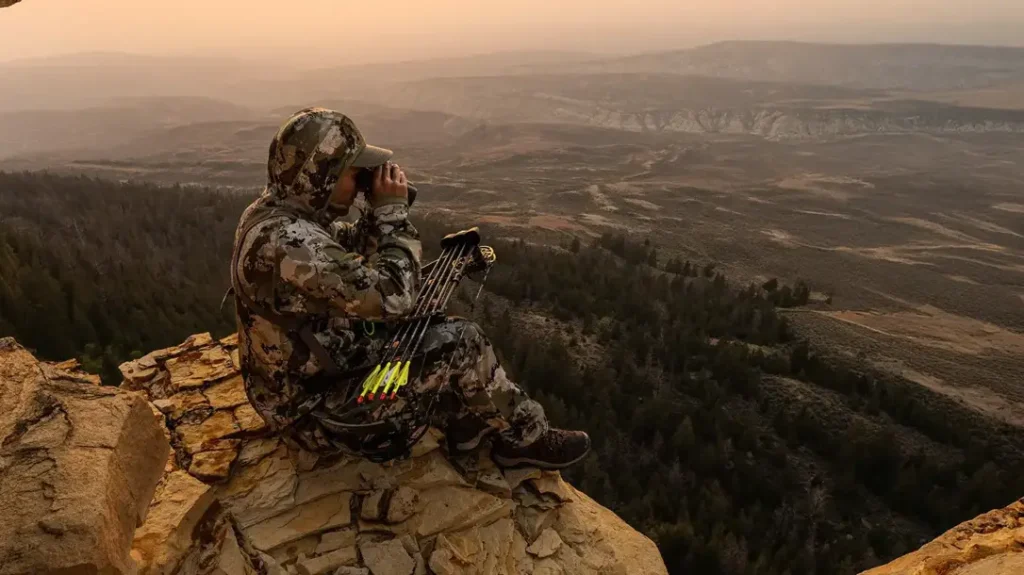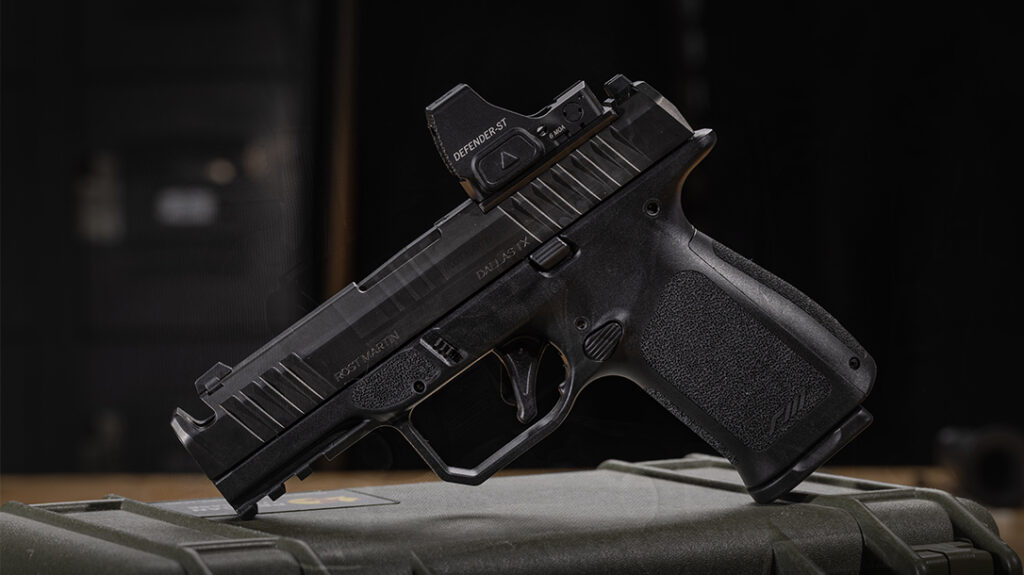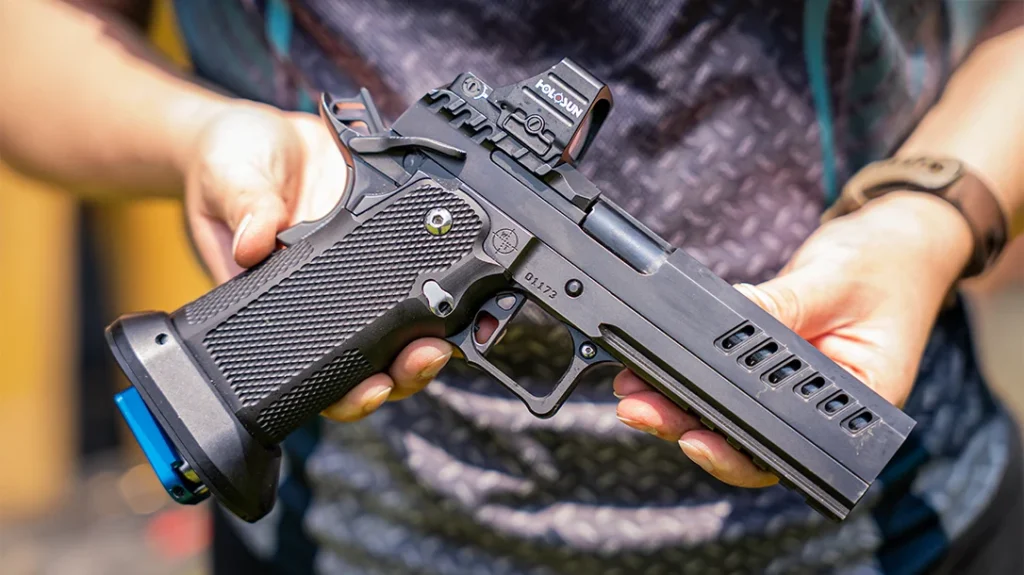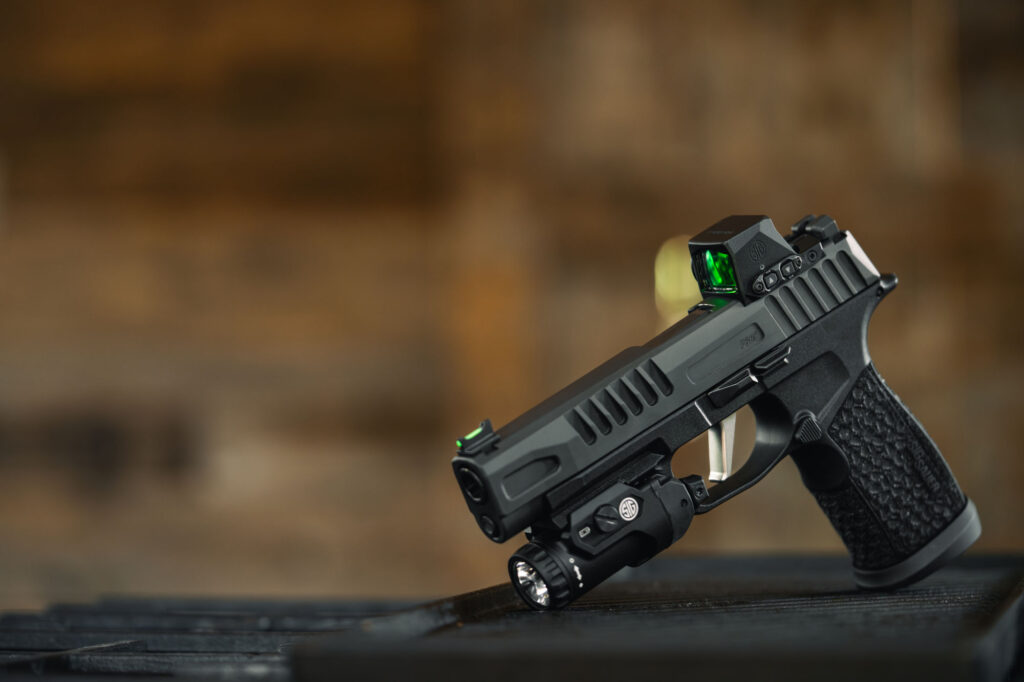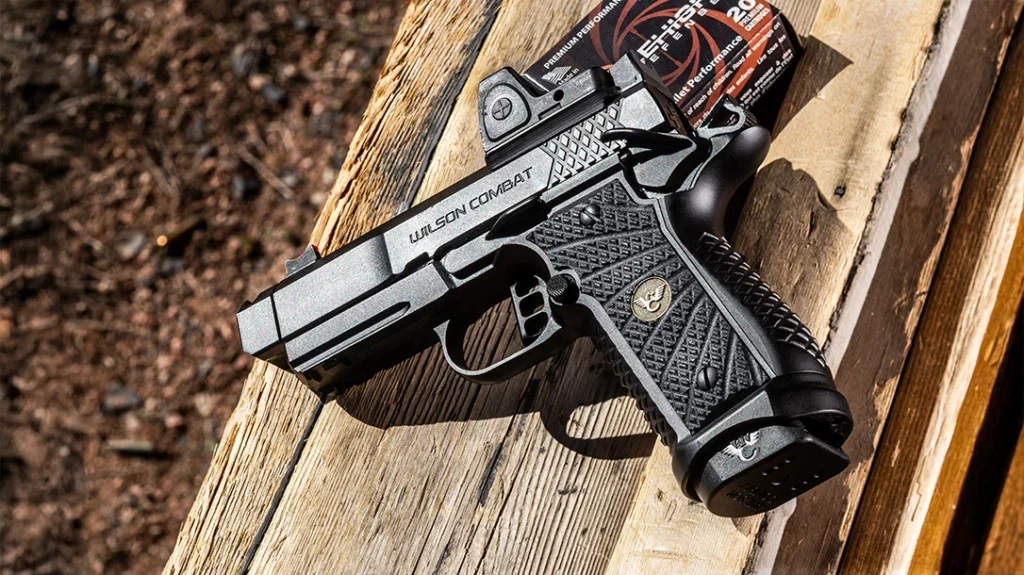Though camouflage has been used for thousands of years, camo used in modern times predominately were the WWII patterns designed to keep the enemy from seeing large armaments like artillery or planes.
Camo Of Yesteryear
Growing up, the WWII patterns were the only camo I had ever seen. In 1980, Jim Crumley the inventor of the modern camouflage industry as we know it introduced his Trebark line of clothing. I remember seeing the first advertisement in Bowhunter magazine and thinking the deer population was going to be wiped out.
Fast forward, nearly 50 years Realtree and Mossy Oak and the like are longtime favorites of hunters. However, the new digital style camo is definitely making its mark with the popularity of patterns like Browning’s Ovix, Kuiu’s Verde camo or any of Kryptic’s patterns.
Advertisement — Continue Reading Below
Military Camo

Even military camouflage has morphed. I wore woodland utilities as standard issue, today Marines wear MARPAT which is a digital camo. Many of the patterns by companies like Multicam produce digital camo patterns used by the US Army and militaries around the world.
I was not overly impressed the first time I saw the digital military type patterns but after speaking with former US Marine Corps sniper I understand camouflage is more of a psychology than a pattern applied to a firearm or clothing. As my sniper friend says, “You should ask yourself what the pattern is designed to do?”
Advertisement — Continue Reading Below
Blending In
Most folks would agree the reason for camo is to blend into an environment. This is achieved by avoiding detection in three manners:
1. To be completely out of the line of your prey’s sight— better known as hiding. A permanent blind or a popup blind is a good example.
2. To take on the appearance of your surroundings such as a tree, bush, leaves or rocks. MossyOak Obsession and MossyOak Bottomland camo really shine in this area.
Advertisement — Continue Reading Below
3. A more comprehensive and adaptive strategy or battlefield mindset is to look like nothing. Not to be invisible to the eye, but rather invisible to the mind of your prey. To accomplish this, you need to understand what your prey’s mind is looking for in you.

Positive & Negative Space
Military snipers are trained to look at the battlefield as positive and negative space. Positive space is all the things the eye sees that the brain registers as things identifiable to the brain. The brain of the prey/predator is always cataloging what their eyes capture as something of interest or not. The goal is to look like something not of interest by existing in negative space. These are things the eye physically captures, but the brain disregards as not of interest.
Advertisement — Continue Reading Below
Imagine scanning a tree line, you see the trees, more trees behind those, rocks, logs, the ground or grass. Next, your eye captures an image of something out of the ordinary, such as a shine, odd color or difference in normal flow or pattern. The brain will detect this and ask the eye to examine further. This is how you can be in plain sight but still go undetected.
Snipers must train their brains to see “between space” and understand how to hide in it. They also change their camouflage strategy based on their foe’s estimated understanding of camouflage, what they think they are looking for and the environment they both occupy. The new military digital camos are designed for this. To look like nothing in as many environments as possible.
Camo Scenarios

Advertisement — Continue Reading Below
Different scenarios will call for different camo. Snow camo from a firm like Finland’s Varusteleka in Finnish Snow Camo MO5 will not be of much use in the jungle or the desert but with Multicam’s Arid you will blend in a desert environment and Multicam’s Tropic will allow you to blend in most any scenario with foliage.

Looking like an oak tree only works in an oak forest and then only sometimes. Everything else needs to be perfect if the prey/predator understands positive/negative space like a human. A turkey or deer probably not as much.
Advertisement — Continue Reading Below

So, what do you want your camouflage to do and what conditions are you going to use it in? Ask yourself these questions before you rush to order the next new camo to hit the shelves.
